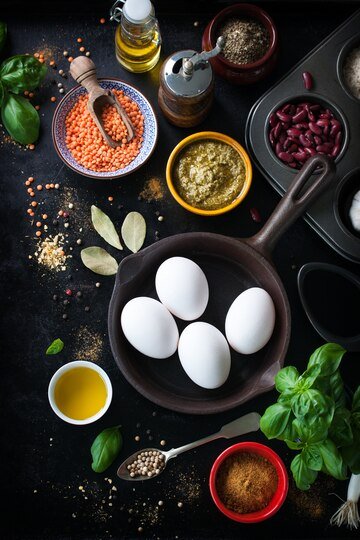Introduction: Cooking is not merely a mundane task of preparing food; it is an art form that blends creativity, culture, and science. From simple home-cooked meals to intricate culinary creations, cooking encompasses a wide range of techniques, ingredients, and traditions. This article delves into the multifaceted world of cooking, exploring its significance, techniques, and cultural impact.
The Significance of Cooking
- Nourishment: Cooking provides nourishment for the body, supplying essential nutrients and energy needed for daily activities and overall well-being.
- Creativity: Cooking allows individuals to express their creativity and imagination through flavor combinations, culinary techniques, and food presentation.
- Cultural Identity: Different cuisines and cooking traditions reflect the cultural identity and heritage of diverse communities around the world.
- Social Connection: Cooking and sharing meals with others fosters social bonds, strengthens relationships, and creates cherished memories.
- Health and Wellness: Cooking at home allows individuals to have greater control over the ingredients and cooking methods, promoting healthier eating habits and lifestyle choices.
Techniques of Cooking
- Knife Skills: Mastering knife skills is fundamental to cooking, as it enables efficient and precise cutting, chopping, and slicing of ingredients.
- Cooking Methods: Various cooking methods, such as sautéing, boiling, baking, grilling, and steaming, impart unique flavors and textures to food.
- Flavor Development: Understanding flavor profiles, seasoning techniques, and ingredient combinations is crucial for creating balanced and flavorful dishes.
- Temperature Control: Proper temperature control during cooking ensures food safety and optimal cooking results, whether it’s searing meats or tempering chocolate.
- Plating and Presentation: Attention to detail in plating and presentation enhances the visual appeal of dishes, elevating the overall dining experience.
Cultural Impact of Cooking
- Culinary Diversity: Each culture has its own culinary traditions, ingredients, and cooking techniques, contributing to the rich tapestry of global cuisine.
- Fusion Cuisine: The blending of culinary traditions from different cultures has led to the emergence of fusion cuisine, creating innovative and eclectic dishes.
- Culinary Tourism: Food tourism has become increasingly popular, with travelers exploring destinations known for their culinary delights and local specialties.
- Culinary Arts Education: Culinary schools and cooking programs play a vital role in preserving culinary traditions, training aspiring chefs, and advancing culinary innovation.
- Food Sustainability: Cooking with locally sourced, seasonal ingredients and reducing food waste are essential practices for promoting food sustainability and environmental stewardship.
Conclusion
Cooking is a dynamic and multifaceted endeavor that encompasses artistry, technique, and cultural heritage. Whether cooking at home or in a professional kitchen, individuals can experience the joys of creativity, community, and nourishment through the act of preparing and sharing meals. By appreciating the significance of cooking and embracing its diversity, we can cultivate a deeper connection to food, culture, and each other.










































